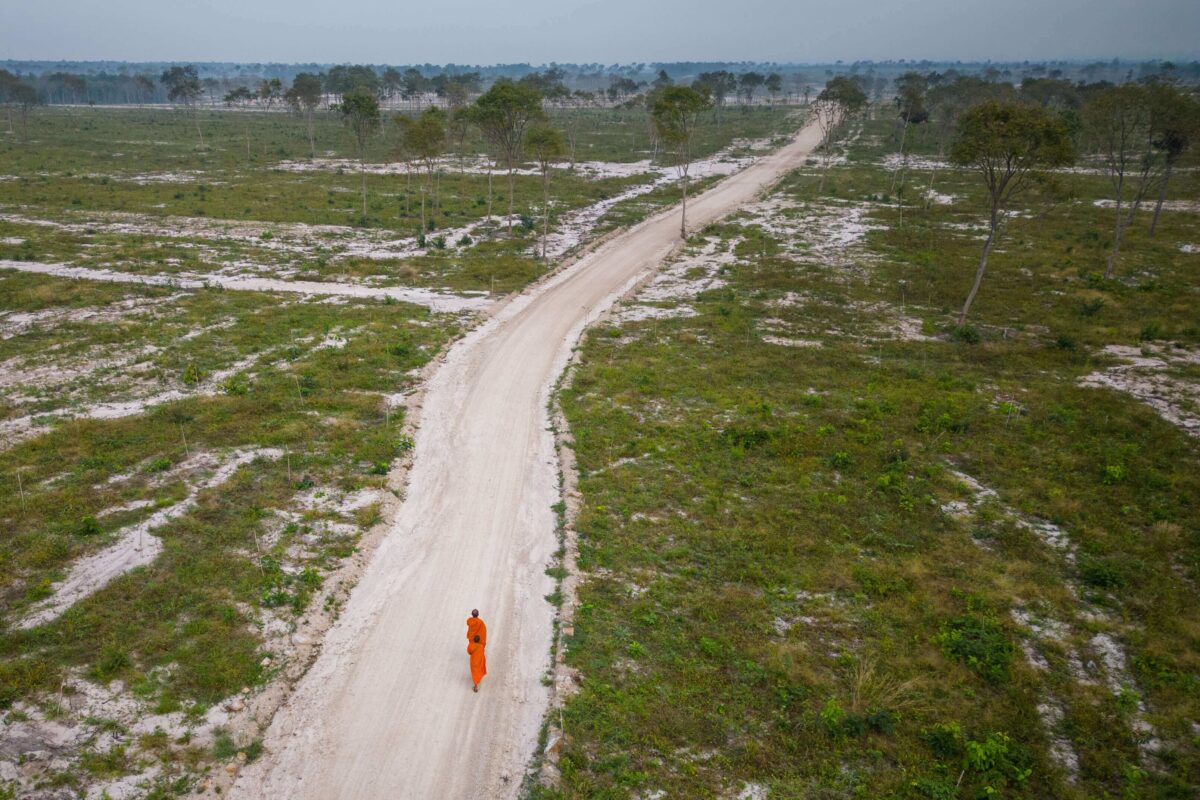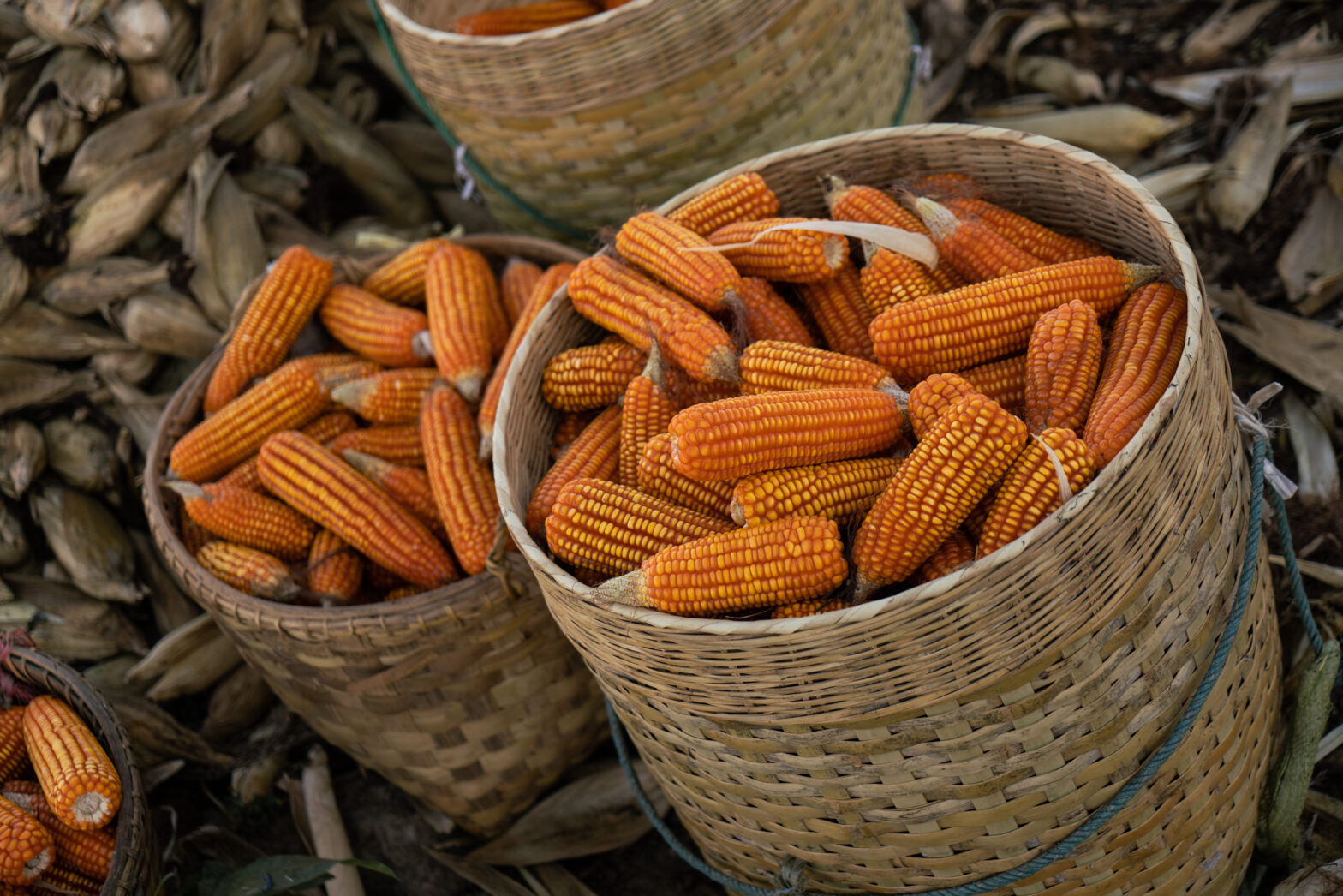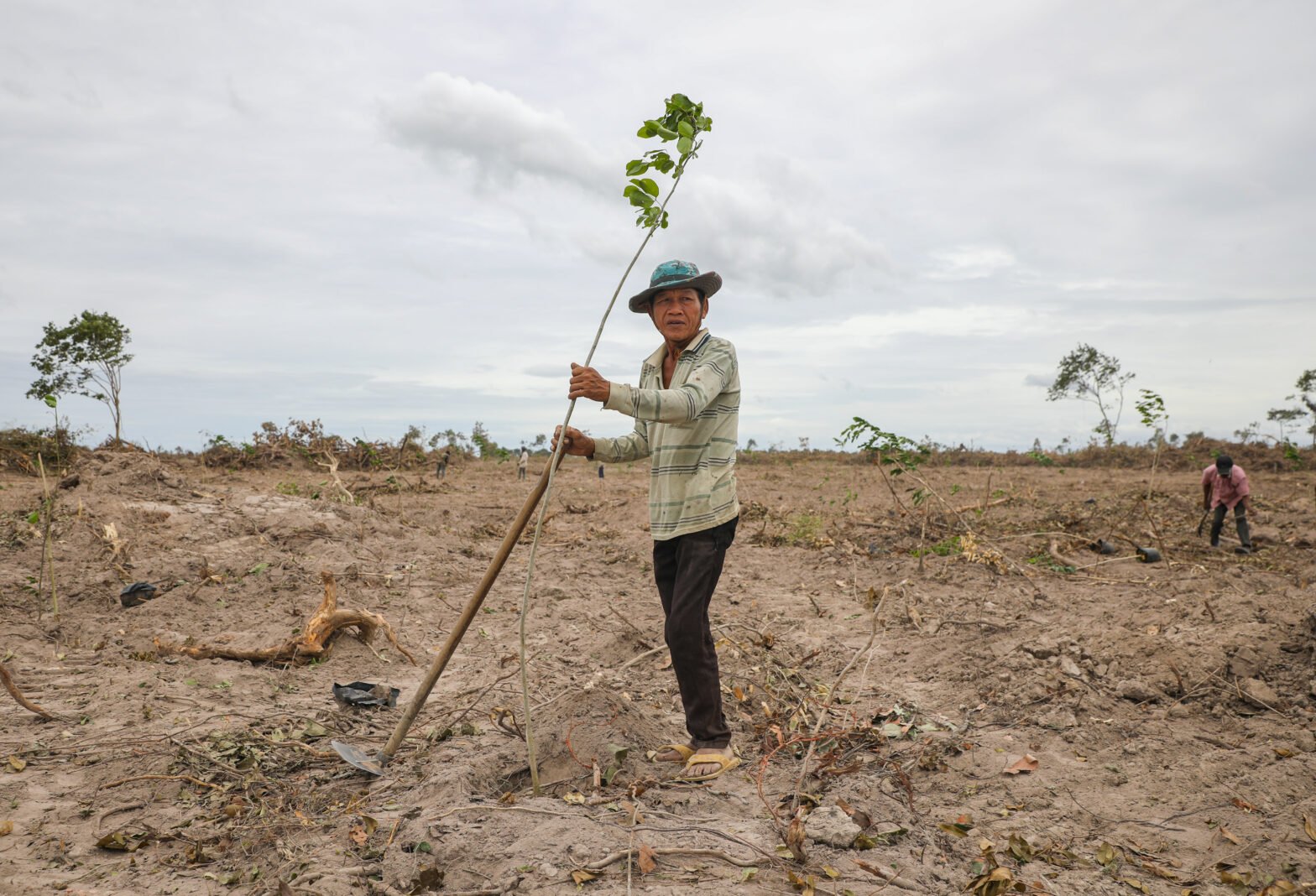PHNOM TAMAO, CAMBODIA ― Sand filled and spilled from Sot Phally’s sandals as the chief monk carried an alms bowl from his pagoda through what was once the Phnom Tamao Forest.
“I used to walk under the shade of the trees. There were fresh, green woods, but now it is just cleared land,” Phally said about the renamed Phnom Tamao Arboretum.
Six months earlier, he silently watched from his meditation space at the top of Tmor Antong Pagoda as bulldozers toppled hundreds of hectares of forest.
Just southwest of Cambodia’s capital Phnom Penh, this forest was murkily earmarked for development despite being a “protected area” with a wildlife rescue center.
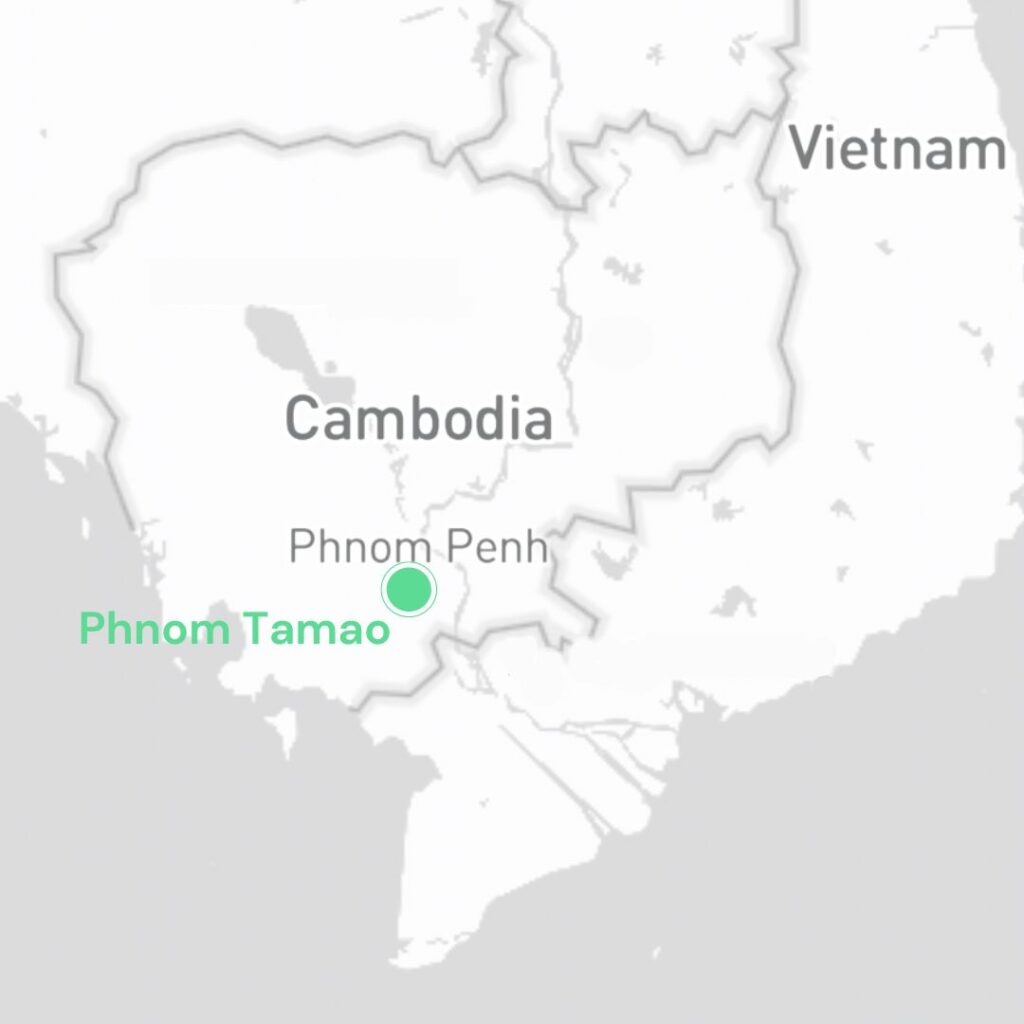
As clearing began in August, the public outcry prompted Prime Minister Hun Sen to reverse his council’s approval of the project.
But by then, half the forest was gone.
With a newfound green thumb, Hun Sen rushed to reforest. His tycoon allies and personal bodyguards led the effort to plant a sparse array of limited tree species.
However, while considered a textbook approach often repeated across Southeast Asia, a growing body of research suggests these tactics usually result in nearly half the replanted trees dying within a decade – even under the best circumstances, which Phnom Tamao was not.
Experts at the Forest Restoration Research Unit in Thailand say these failures bring into question if or how Southeast Asia can recover lost landscapes.
Since 1994, these researchers have fine-tuned an alternative method of ecosystem restoration that co-founder Stephen Elliott said “sucks up carbon like there is no tomorrow” through dense, diverse planting.
But this process is failing to take root across the region. And that’s especially true in Cambodia, where Phnom Tamao’s reforestation excluded forestry officials directly trained by Elliott.
“When you are trying to do something a little new, there is resistance,” Elliott said. “It is only laziness. People can’t be bothered to do something which is hugely more beneficial, but takes a bit of effort.”
A strategy for thicker forests
Perched atop his meditation boulder, Phally could only hear a gentle breeze across the flattened forest, where once bird song and the buzz of insects filled the air.
“It has been silent since,” he said. “I have no idea where the animals are.”
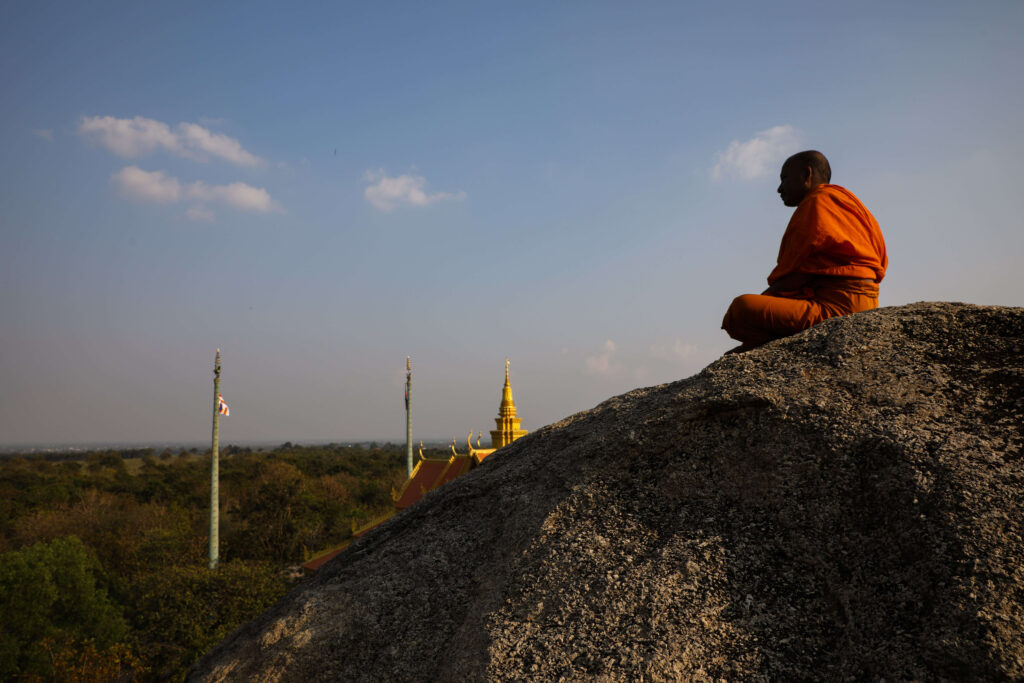
In November, Hun Sen signed a sub-decree making nearly a million hectares of protected area eligible for privatization. A month later, the Ministry of Environment proposed legalizing “game hunting” on forest reservations.
At the start of 2023, a separate ministry awarded its first land concession in nearly a decade, despite a moratorium on these long-term leases infamous for causing land conflicts. In early March, Hun Sen pushed for a Forestry Administration law amendment to allow private citizens to raise endangered animals.
Forestry Administration Director Keo Omaliss, who was indicted in the US for wildlife trafficking in November, and Phnom Tamao Director Nhek Ratanapich, have declined to comment since the reporter’s first investigation in July.
The startling speed of Phnom Tamao’s deforestation came to an equally sudden halt when a Facebook post from Hun Sen, which is effectively law in Cambodia, canceled the development. Reforestation started 22 hours later.
To speed up reforestation, Hun Sen sent more than 1,000 members of his personal bodyguard unit to Phnom Tamao, where they multi-tasked by facilitating replanting – and they detained five journalists and four activists visiting the forest.
By the end of August, the paramilitary force reported 96% of reforestation was complete. The bodyguard unit planted roughly 200 saplings per hectare, an average of about 7.5 metres apart.
Employees of the tycoon who volunteered to assist the reforestation declined to be interviewed. One cheerful worker, however, shared both a chocolate pudding cup and the names of the three luxury-grade tree species being replanted: Siamese Rosewood, Cambodia Beng and Burma Padauk.
“Oh my God,” Elliott muttered when told about Phnom Tamao.
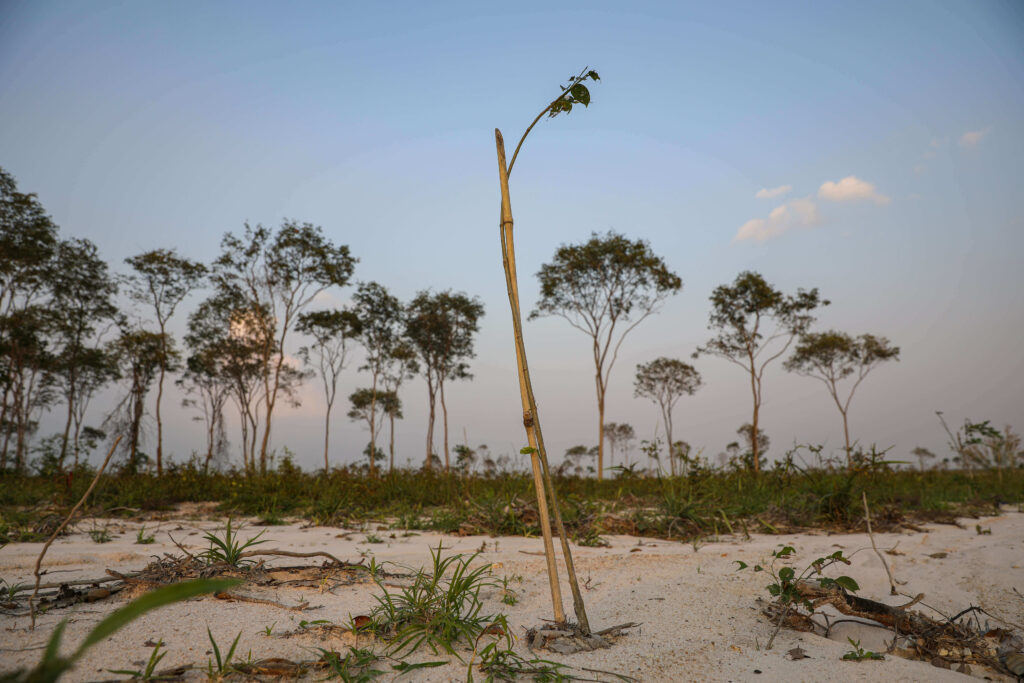
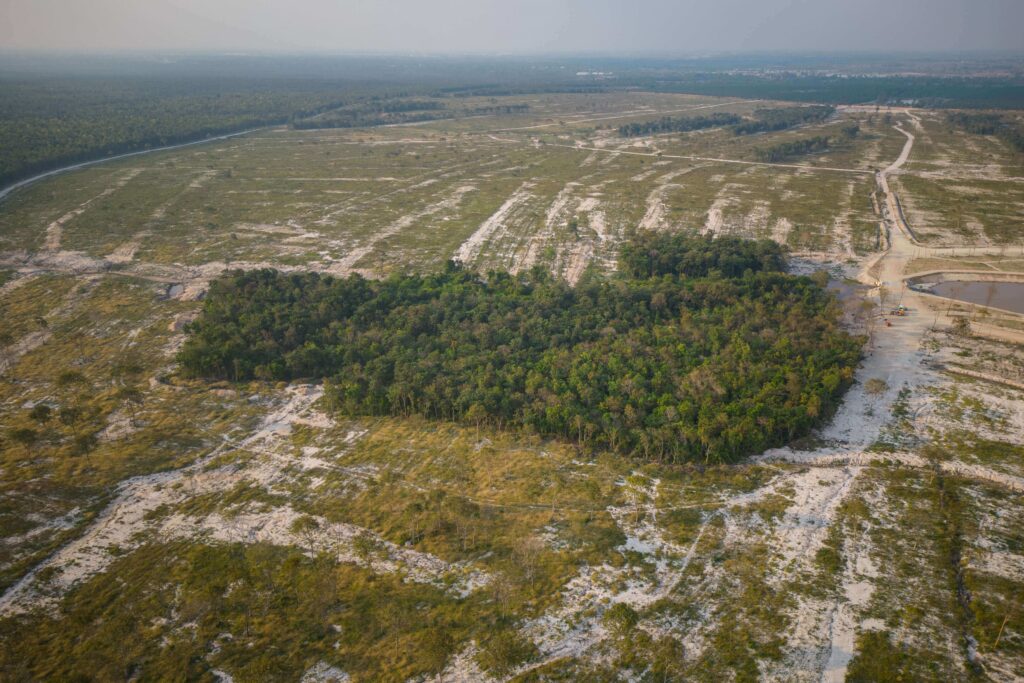
His process follows a very different track than the “arboretum” model, aiming at restoring some semblance of a natural forest ecosystem. He breaks that down to biomass, structural complexity, biodiversity and ecological functionality.
This begins with an assessment of still-standing forests around a deforested area. Only the seeds of the trees with high growth and survival rates are selected to be replanted, with a typical diversity of about 30 species, or 10 times the species planted in Phnom Tamao.
Trees are then replanted almost exactly 1.8 meters apart to avoid competition between saplings. On average this should equal roughly 3,000 planted trees per deforested hectare, 15 times more than was planted at Phnom Tamao.
There are Forestry Administration leaders in Cambodia who know all this – because Elliott trained them over the course of nearly six years.
Kim Sobon is one of them. He often leads government reforestation projects with the Department of Forest Plantation and Private Forest Development as a deputy director. He confirmed the department was not involved in the reforestation of Phnom Tamao and declined to share more.
Fa Kim Srim, who manages a Forestry Administration research station and tree nursery in Siem Reap, said the nursery donated more than 2,000 Siamese Rosewood and Cambodia Beng to Phnom Tamao.
“We are conservationists, so we are happy to restore our land, our forest area,” Srim said about Phnom Tamao. “But we also want development in that area. We cannot just do conservation without development.”
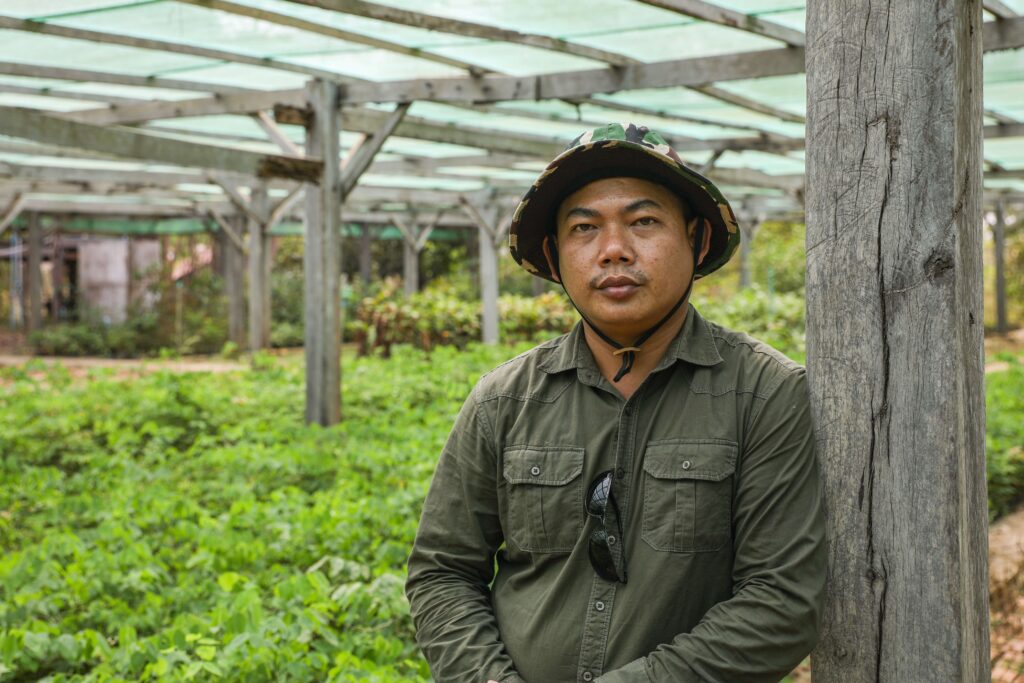
Elliott’s research unit, based at Chiang Mai University, is regionally renowned for its expertise in tropical forest ecosystem restoration that goes against the grain in Southeast Asia.
The unit’s partnership with the Forestry Administration assisted with the development of “sensible forest ecosystem restoration practices,” Elliott said. That included establishing Fa Kim Srim’s research station and nursery in Siem Reap, as well as creating technical manuals in the Khmer language.
At a reforestation site directly behind that nursery, Fa Kim Srim said the replanting at Phnom Tamao loosely fitted the modus operandi of the Forestry Administration. The 100-hectare plot he was in was reforested only with Siamese Rosewood planted in three-meter intervals.
After learning about how Phnom Tamao was reforested, Elliott said it was “so disappointing that the training provided does not seem to have been applied.”
Even so, Hun Sen’s bodyguards did do some things by conventional standards. The lack of species diversity across a low number of widely spaced saplings might be commonplace, but recent studies find that many trees planted this way are unlikely to survive.
This traditional reforestation runs contrary to almost everything Elliott’s restoration unit has learned in the past three decades.
“The more diversity you put in in the beginning, the faster the diversity comes back,” Elliott said. “How can you write a symphony with one note?”
‘Ambition to reconstruct nature’
An example of that mindset has played out on Mon Jam mountain, on the outskirts of Chiang Mai.
In a haze of smog from the agricultural burning season, a trail of students struggled to keep up with Elliott as he led them to different forest restoration plots.
While Elliott agrees planting trees is better than cutting them, he admits it’s a “difficult, high ambition to reconstruct nature.”
“It even sounds a bit arrogant. The truth is we can’t reconstruct forest ecosystems exactly the way they were before deforestation,” he said.
The decade-old, reforested plot on Mon Jam was a dense and active habitat, with camera-trap images of wildlife to prove it. In contrast, the plot in Siem Reap was more like a neat and spacious orchard, void of most other vegetation and wildlife.
The downsides of the Thai unit’s process are maybe obvious in its explanation – it’s more expensive, complicated and time-consuming.
While companies planting trees solely for public relations may not be interested in this long-term approach, Elliott hopes the method’s unintended benefits of restoring ecosystems that store large quantities of carbon will cause them to reconsider.
“Carbon was a minor consideration when we started 30 years ago,” said Elliott, over an instant noodle lunch on the mountain. “Global warming, or the greenhouse effect, was hardly on the political agenda. By sheer accident, we created a system that just sucks up carbon like there is no tomorrow.”
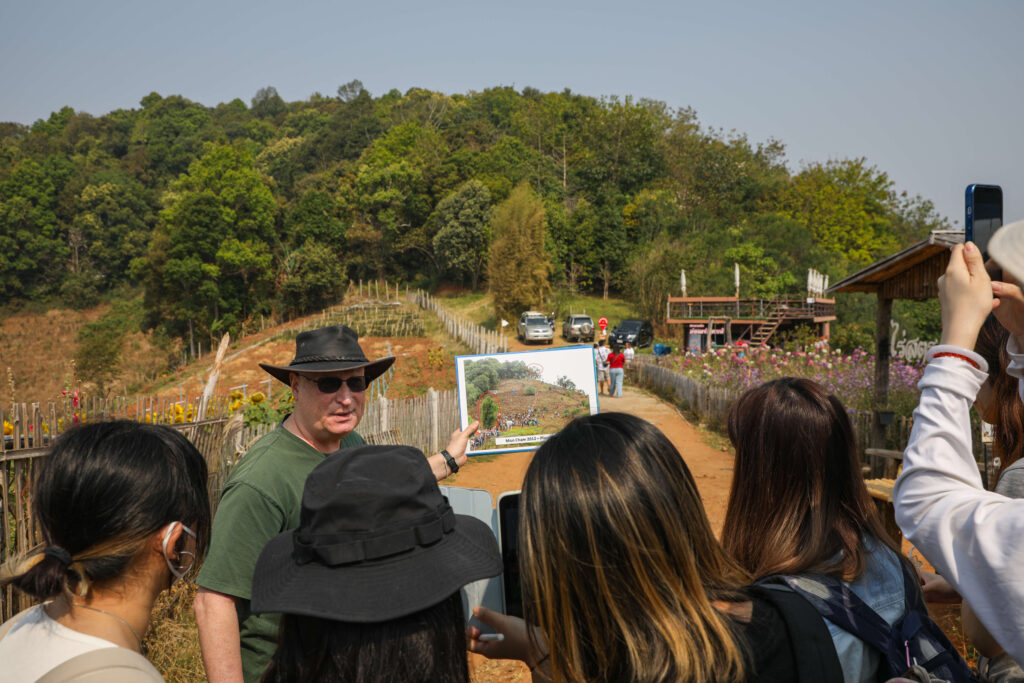
The ability of forests to act as a ‘carbon sink’ is a key way Southeast Asian nations receive climate finance funds from governments and companies trying to counter their emissions.
In the past three decades, organizations attempting tree planting rose by 290%, according to a 2021 report.
“Carbon storage is a really important piece of the reforestation puzzle. But that should always be married up with other ecosystem services,” said Lindsay Banin, a statistical ecologist for the UK Centre for Ecology and Hydrology, listing soil and water protection, as well as biodiversity conservation.
A study Banin co-authored earlier this year synthesized regional reforestation efforts and found nearly a fifth of planted trees die within the first year, which came with a rising mortality rate to almost half of the trees dead in a decade.
Across more than 170 reforestation sites in Southeast Asia, the study found an average of three tree species planted per site, identical to Phnom Tamao.
“I was surprised the average was so low,” Banin said. “By having greater diversity, you have opportunities for plants that function a bit differently to perform better in future climates. There are options for nature going forward.”
The study concluded, “the uncertainty in planting outcomes also emphasizes the critical value of protecting remaining, functionally-intact forests.”
These results weren’t meant to be a “doom and gloom” prediction, Banin insisted, but rather a push for improving regional reforestation and forest protection. She said that would rely on buy-in from local communities because “the things they value will be what keeps forests standing.”
The little that is left standing at Phnom Tamao Arboretum continues to provide for surrounding villages.
Almost six months after reforestation began, cut grass, which is ideal cattle feed, overflowed from baskets on Chip Korb’s dusty Honda motorbike. Earlier that day, brothers Kun and Ton Il also came to the arboretum to stack dried logs, perfect for fencing and cooking, high on a pair of carts.
“As long as we do not destroy the small trees, we are allowed to take from the forest,” Ton said. “I’m so happy they let me. At least we can still use the forest.”
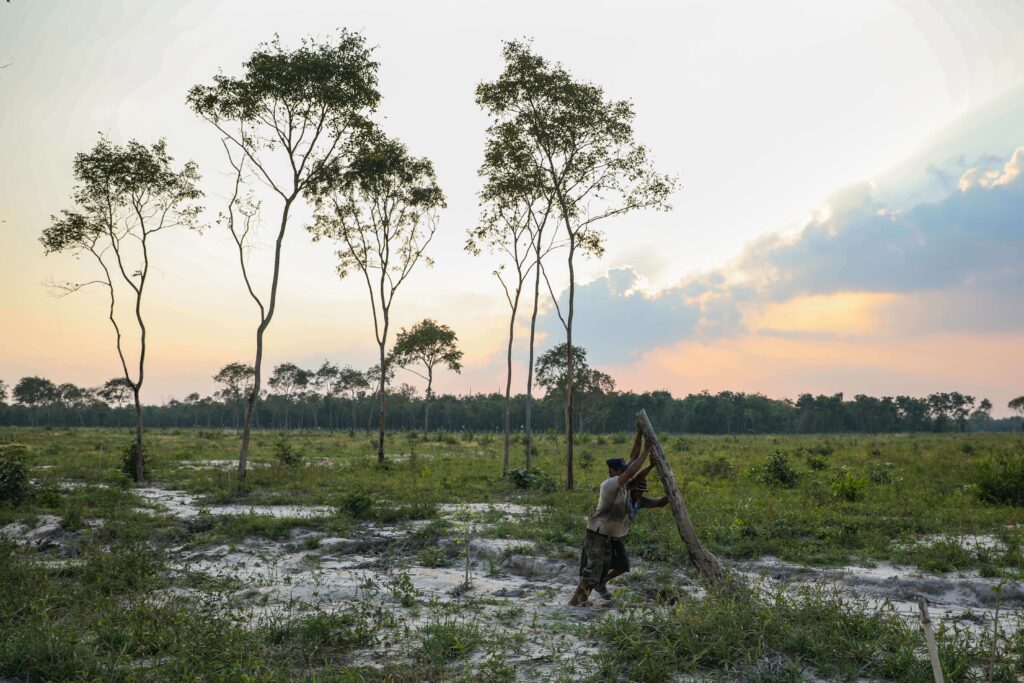
The sand path Phally took back to Tmor Antong Pagoda was a bleached contrast between Phnom Tamao’s surviving forest and the sterile arboretum. The success of the rushed reforestation is now up to prayers and faith, he believes.
“This still is a sacred place for people to pray for happiness. I call for every country to protect their forest. Nature is the root of Buddhism, religion and life,” Phally said.
“I hope the small trees will grow taller in the next decades, maybe I will meditate under them in this life.”
Additional reporting by Sophanna Lay and Nasa Dip.
This story was produced in partnership with The Pulitzer Center’s Rainforest Investigations Network. It was first published by Southeast Asia Globe.


